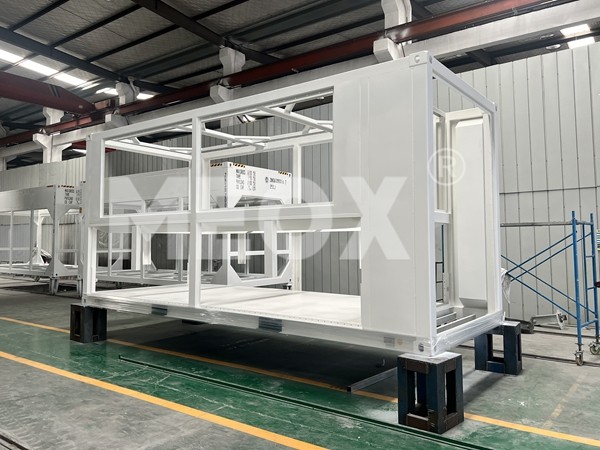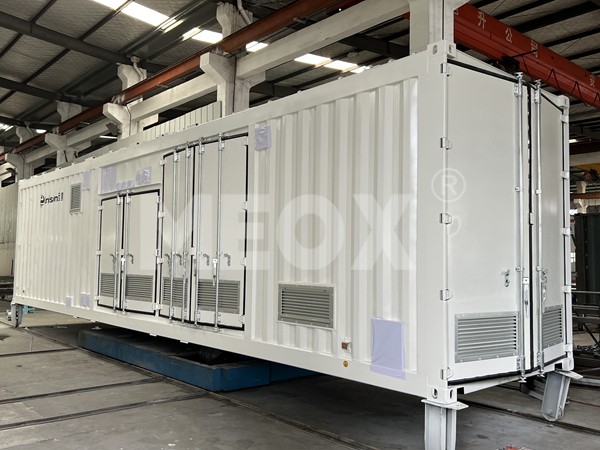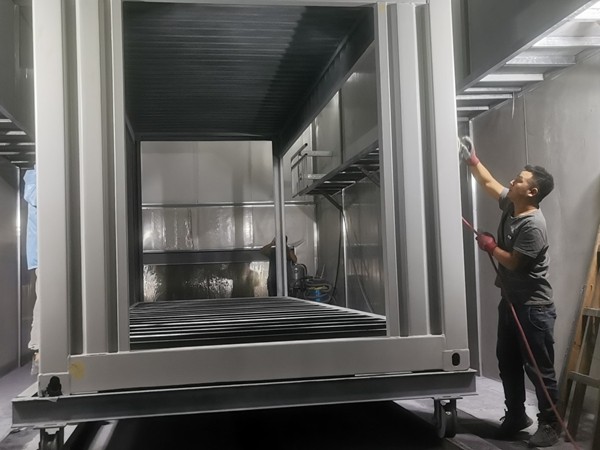Shipping container homes have emerged as a captivating intersection of creativity and sustainability in modern architecture. As a cost-effective solution in the housing market, these innovative structures intrigue many, questioning the true investment involved and the long-term benefits they offer. To delve into the cost considerations of shipping container homes, one must explore several facets initial acquisition, customization, site preparation, and long-term maintenance—all underpinned by real-world experiences and expert insights.
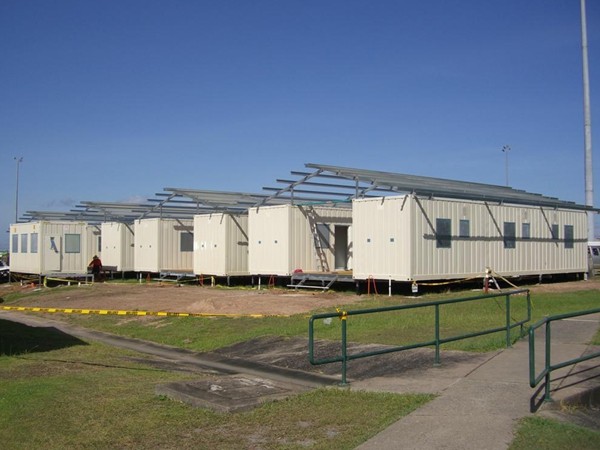
To begin with, the basic acquisition of a shipping container can be surprisingly economical. Depending on size—typically 20 or 40 feet—a used container can cost anywhere between $1,500 to $4,500. New containers, which ensure structural integrity and lack wear, offer prices ranging from $3,000 to $7,000. However, the initial purchase is merely the tip of the iceberg. Customization is where costs can significantly rise, transforming a simple metal box into a livable home.
Experts emphasize the importance of budgeting for insulation, as the steel structure has poor thermal performance. Options like spray foam insulation or installing insulated panels are available, each with its own cost implications. For instance, closed-cell spray foam might start at approximately $1.25 per square foot, depending on thickness and region, whereas panels can range from $0.50 to $2 per square foot. Ensuring a proper climate control system, which goes hand-in-hand with insulation, impacts the overall home energy performance. A mini-split HVAC system, favored by many for its efficiency, can add $3,000 to $8,000 to the budget.
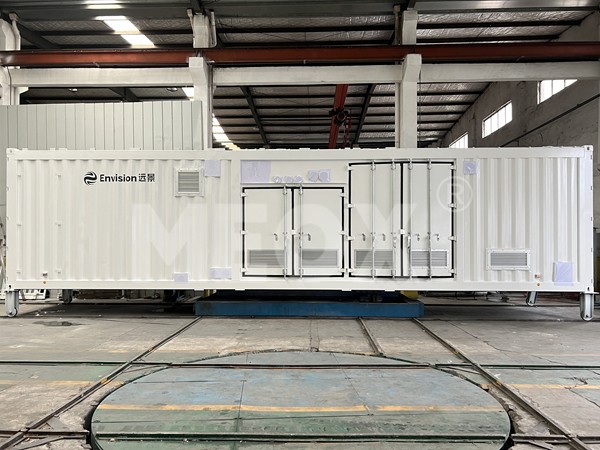
Custom modifications also require expenditures on cutting and reinforcing for windows and doors—critical structural changes that ensure safety and compliance with building codes. Professional reinforcement can range from $50 to $100 per hour in labor, not accounting for materials. Additionally, finishes such as interior wall paneling, flooring, and roofing, create aesthetic and functional spaces within these homes. Costs for these elements vary greatly based on materials chosen, but a modest interior finish could start at around $20 per square foot.
Site preparation is another significant variable. Foundational work is essential to ensure stability, and simple slab or pier foundations are common for container homes, beginning at roughly $5,000 for a basic setup. However, more complex sites or preferences for a basement or crawl space increase costs considerably. shipping container homes cost
The real-world experience of shipping container homeowners reveals a blend of budget-friendliness and unforeseen expenses. While some report complete homes constructed for as low as $30,000, more elaborate projects can easily reach the six-figure range. It’s crucial for prospective builders to consider additional potential expenditures such as permits, utilities hook-up fees, and any landscape work desired—elements that seasoned experts assert are frequently underestimated.
Despite these challenges, the long-term benefits accentuated by skilled practitioners underline the viability of container living. Economical initial costs aside, these homes shine in sustainability and durability, qualities that attract eco-conscious individuals. With proper care, a container home promises longevity, resisting elements that would typically deteriorate traditional housing materials.
Trust in the process is built through thorough research and collaboration with experienced builders familiar with the nuances of container architecture. They advocate for clarity in defining one’s vision and a comprehensive understanding of desired features before embarking on this journey. Regular engagement with professionals and consulting those with lived experience can guide a successful project to fruition, marrying cost-effective design with functional, cutting-edge living spaces.
In essence, the cost of shipping container homes is a tapestry woven from many threads, stretching beyond the initial allure of affordability. It requires informed decision-making, an appreciation for architectural innovation, and a readiness to adapt plans to fit specific needs and budgets. For those willing to explore this path, the potential for unique, sustainable living is not just a possibility—but a reality steeped in modern expertise and credible real-world application.

